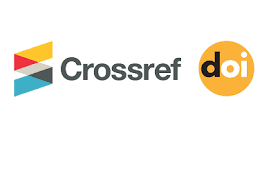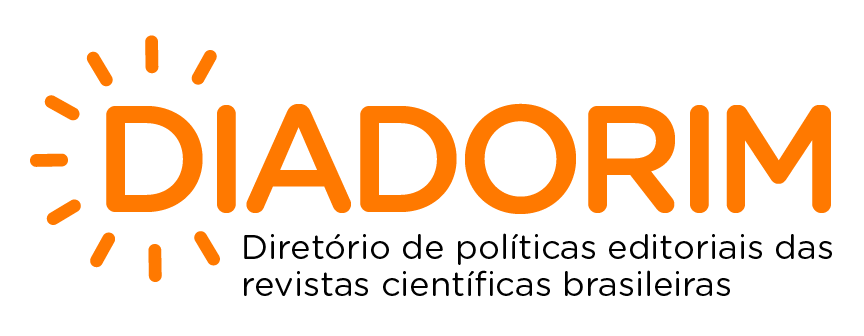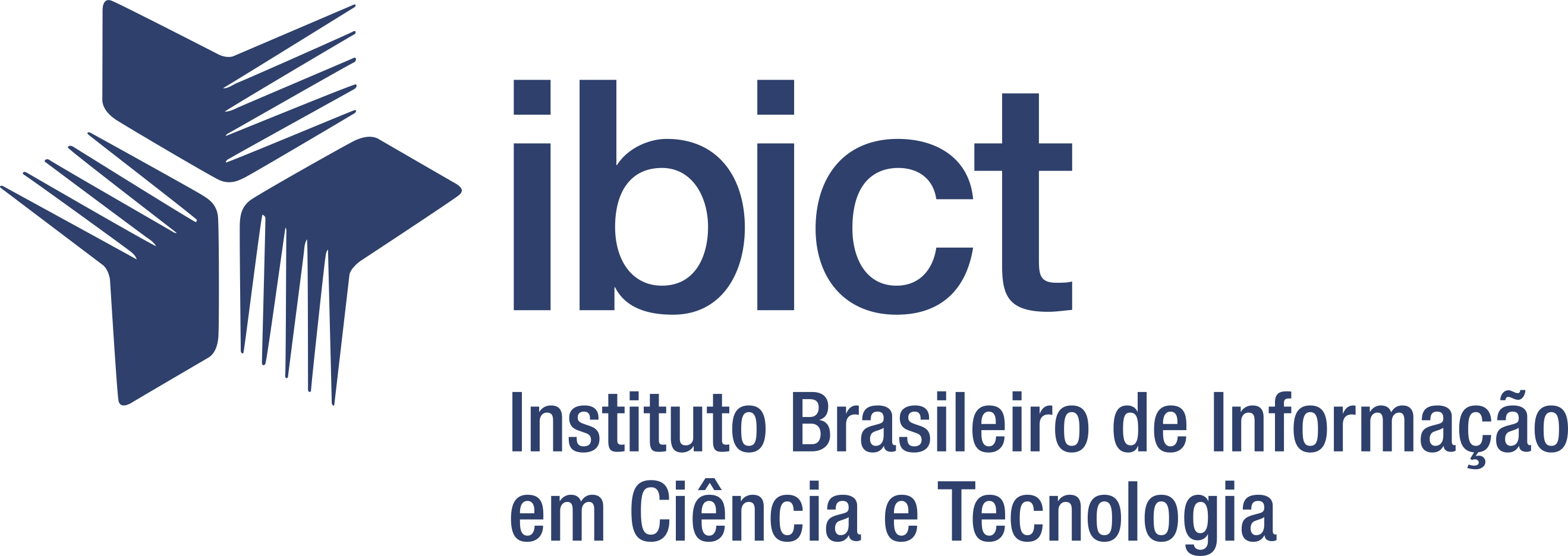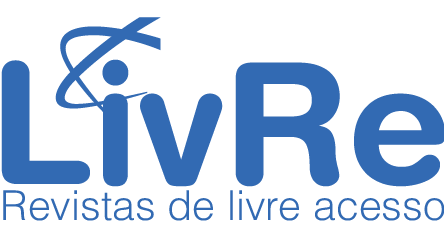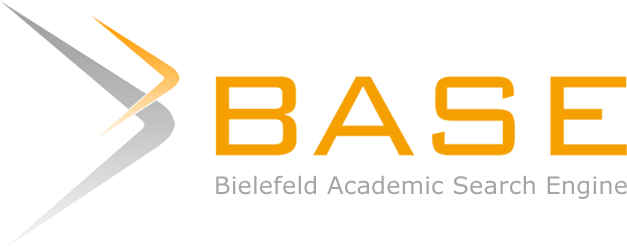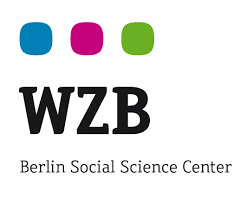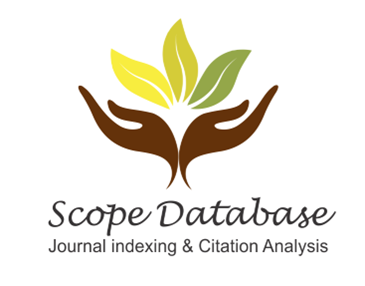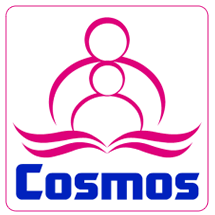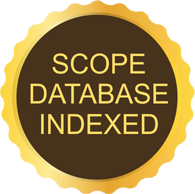ESTIMATION OF DISTANCES IN 3D BY DENTISTRY STUDENTS USING NEMOCAST SOFTWARE (INTERCANINE DISTANCE, INTERMOLARS AND UPPER AND LOWER INCISAL SUM)
DOI:
https://doi.org/10.47820/recisatec.v4i1.332Keywords:
Intermolar distance, Intercanine distance, Incisal sumAbstract
Objective: The aim of this study was to assess the ability of dental students to take accurate measurements on digital dental models in STL format, using the Nemocast software, in order to contribute to knowledge about the effectiveness of digital tools in making therapeutic decisions in orthodontics. Métodos: Se realizó un proyecto observacional prospectivo en el que se realizó un escaneo intraoral a una muestra de 33 individuos, divididos en hombres y mujeres. Este examen se aplicó a personas entre 20 y 29 años de edad. El objetivo de este estudio fue evaluar en detalle el efecto de las imágenes 3D y la realidad virtual en el tratamiento ortodóncico en el entorno clínico. Resultados: Se puede estimar que la media de las mediciones tomadas en el programa NemoCast 3D finalizan entre los sexos masculino y femenino de un grupo de 33 individuos de la ciudad de Cuenca, Ecuador, donde se determinó la desviación estándar de estos valores, lo que representa una dispersión mínima de los datos analizados.
Downloads
References
Akdeni̇z BS, Aykaç V, Turgut M, Çeti̇n S. Digital dental models in orthodontics: A review. Journal of experimental and clinical medicine. 2022;39(1):250–255. https://doi.org/10.52142/omujecm.39.1.48 DOI: https://doi.org/10.52142/omujecm.39.1.48
Makaremi M, N’Kaoua B. Estimation of distances in 3D by orthodontists using digital models. Applied Sciences (Basel, Switzerland). 2021;11(18):8285. https://doi.org/10.3390/app11188285 DOI: https://doi.org/10.3390/app11188285
Rosado NMR, Aguilar KEG, Muñoz DLU, Jaramillo LMQ, Riofrio MSC, Carrión GAG. Ortopedia prequirúrgica en pacientes con labio y/o paladar fisurado. Análisis del comportamiento de las líneas de crédito a través de la corporación financiera nacional y su aporte al desarrollo de las PYMES en Guayaquil 2011-2015. 2019;3(1):1448–1465. https://www.recimundo.com/index.php/es/article/view/426
Aswani K, Wankhade S, Khalikar A, Deogade S. Accuracy of an intraoral digital impression: A review. J Indian Prosthodont Soc [Internet]. 2020 [cited 2024 Jan 1];20(1):27–37. Available from: https://www.ncbi.nlm.nih.gov/pmc/articles/PMC7008627/ DOI: https://doi.org/10.4103/jips.jips_327_19
Rabe AH, Salek F, El Idrissi I, Zaoui F, Benyahia H. Digital Models and Orthodontic Diagnosis: What Degree of Reliability? Integrative Journal of Medical Sciences [Internet]. 2021 [cited 2024 Jan 1]; Available from: https://www.researchgate.net/publication/348626934_Digital_Models_and_Orthodontic_Diagnosis_What_Degree_of_Reliability DOI: https://doi.org/10.15342/ijms.2021.384
Motamedi AK, Dadgar S, Teimouri F, Aslani F. Stability of changes in mandibular intermolar and intercuspid distances following orthodontic treatment. Dent Res J (Isfahan) [Internet]. 2015 [cited 2024 Jan 1];12(1):71–5. Available from: https://www.ncbi.nlm.nih.gov/pmc/articles/PMC4336975/ DOI: https://doi.org/10.4103/1735-3327.150336
Jedliński M, Mazur M, Grocholewicz K, Janiszewska-Olszowska J. 3D Scanners in Orthodontics—Current Knowledge and Future Perspectives—A Systematic Review. Int J Environ Res Public Health [Internet]. 2021 Jan 27 [cited 2024 Jan 1];18(3):1121. Available from: https://pubmed.ncbi.nlm.nih.gov/33513981/ DOI: https://doi.org/10.3390/ijerph18031121
Jabri M, Wu S, Pan Y, Wang L. An overview on the veracity of intraoral digital scanning system and utilization of iTero scanner for analyzing orthodontic study models both In-Vivo and Ex-Vivo. Niger J Clin Pract [Internet]. 2021 [cited 2024 Jan 1];24(1):1. Available from: https://pubmed.ncbi.nlm.nih.gov/33473018/ DOI: https://doi.org/10.4103/njcp.njcp_698_19
Warnecki M, Nahajowski M, Papadopoulos MA, Kawala B, Lis J, Sarul M. Assessment of the reliability of measurements taken on digital orthodontic models obtained from scans of plaster models in laboratory scanners. A systematic review and meta-analysis. Eur J Orthod [Internet]. 2022 Sep 19 [cited 2024 Jan 1];44(5):522–9. Available from: https://pubmed.ncbi.nlm.nih.gov/35363303/ DOI: https://doi.org/10.1093/ejo/cjac005
Downloads
Published
How to Cite
License
Copyright (c) 2024 RECISATEC - SCIENTIFIC JOURNAL HEALTH AND TECHNOLOGY

This work is licensed under a Creative Commons Attribution 4.0 International License.
Os direitos autorais dos artigos/resenhas/TCCs publicados pertecem à revista RECISATEC, e seguem o padrão Creative Commons (CC BY 4.0), permitindo a cópia ou reprodução, desde que cite a fonte e respeite os direitos dos autores e contenham menção aos mesmos nos créditos. Toda e qualquer obra publicada na revista, seu conteúdo é de responsabilidade dos autores, cabendo a RECISATEC apenas ser o veículo de divulgação, seguindo os padrões nacionais e internacionais de publicação.








